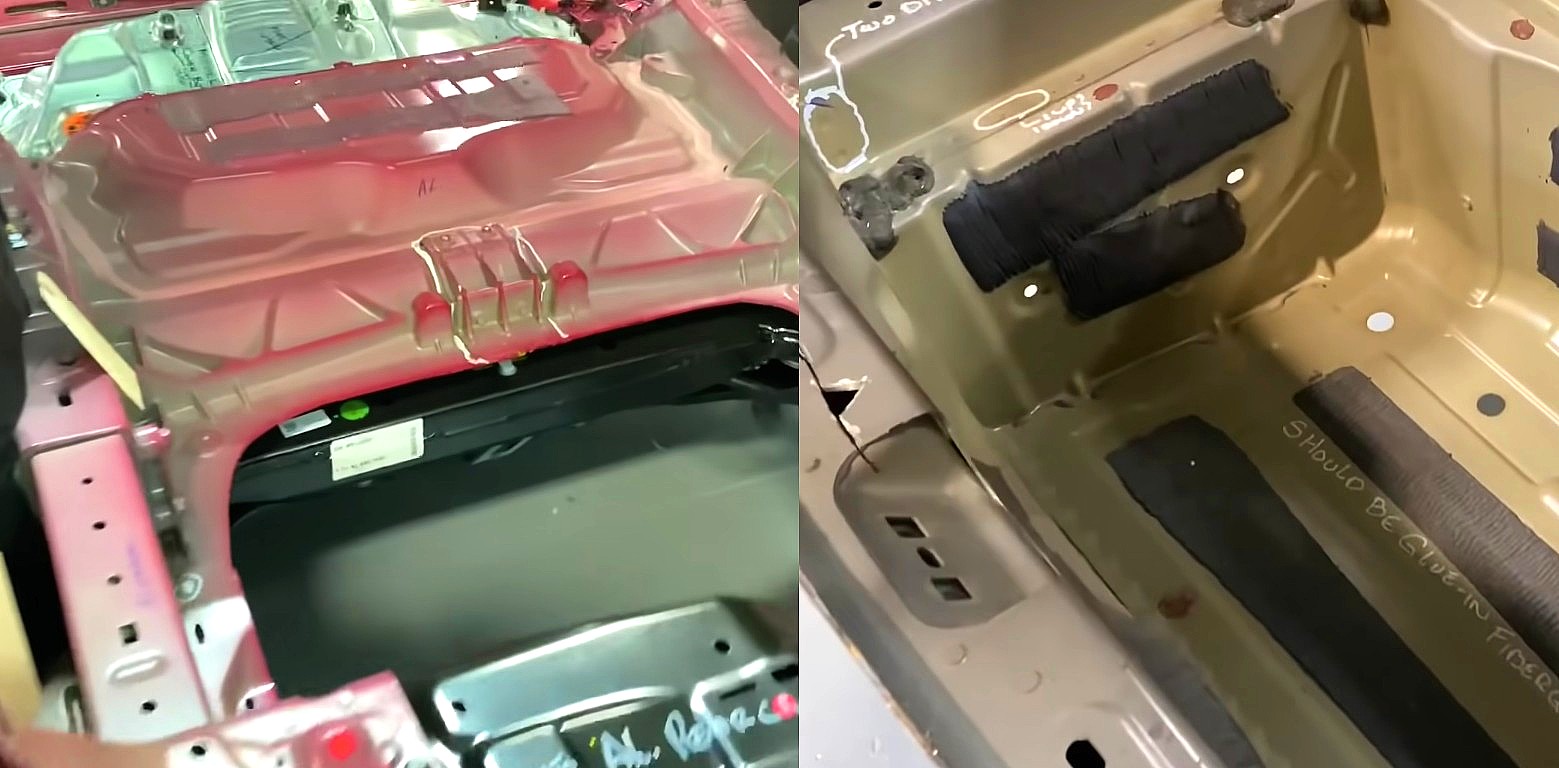
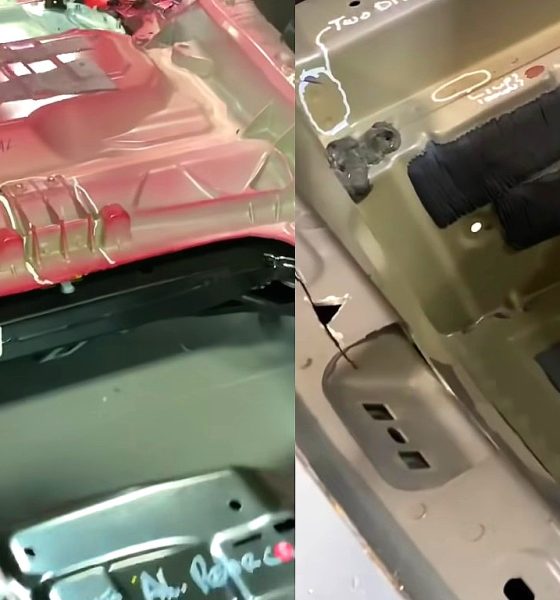
News
Tesla Model Y vs Model 3 casting comparison shows that legacy auto’s ‘soil-your-pants’ moment is at hand
Back in April 2018, automotive teardown expert Sandy Munro mentioned that if Tesla had contracted an experienced automaker to produce the early-production Model 3’s body, the electric car maker would have “wiped the floor with everybody.” This is because from the suspension down, the Model 3 was a stellar piece of engineering, despite its body having several issues.
Its electric motors were compact, powerful, and cost effective; its batteries are the best in the industry, and its driving dynamics give the impression that the vehicle was riding on rails. Munro noted that if Tesla had hit a home run with the Model 3’s “dinosaur technologies” like its welds and casts, even veteran auto giants like Toyota would appropriately be “crapping their pants.”
It has been nearly two years since Munro mentioned those words during an appearance at YouTube’s Autoline After Hours. Tesla has changed a lot since then, and the company has even released its latest vehicle, the Model Y crossover. Sharing 75% of the Model 3’s parts, the Model Y is designed as a mass-market electric vehicle, and one that can be even more disruptive as its sedan sibling.
Munro, for his part, has acquired and started a teardown of the all-electric crossover. And based on his findings thus far, it appears that Tesla’s “dinosaur technologies” have improved vastly since the Model 3. This is most evident in the rear casting utilized on the two vehicles.
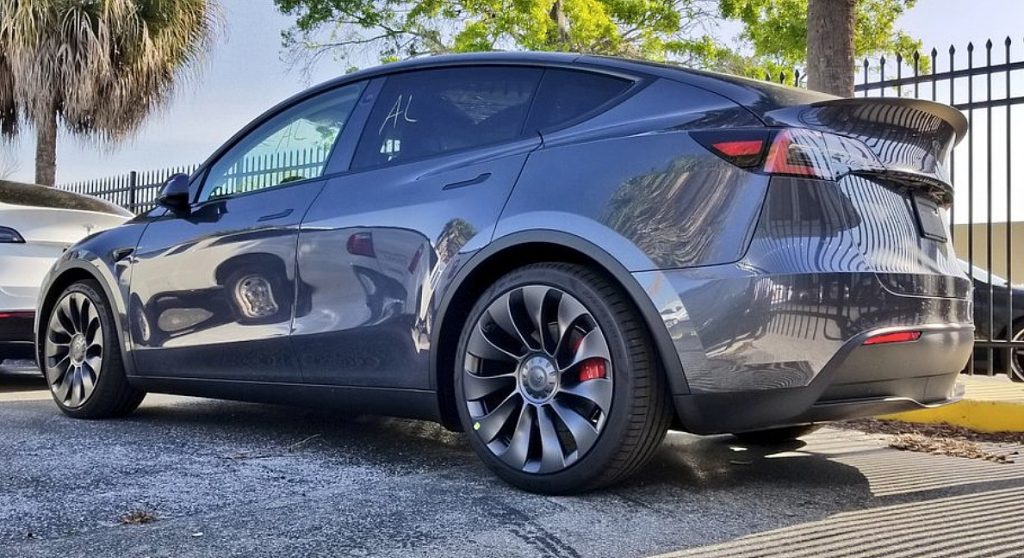
One look at the Model Y and Model 3’s rear casts shows that the two vehicles are already worlds apart in terms of build quality and design. Munro noted that he did not like the Model 3’s rear casting at all, since it was also over-engineered, with about 100 parts utilized for its rear trunk.
In a way, the Model 3’s rear casting represented the hubris that Elon Musk has admitted to in the past, as it showed Tesla essentially trying to fix something that is not necessarily broken. The result of this was a lot of challenges for Tesla, and a lot of issues with the early-production Model 3’s rear casting.
The Model Y is an entirely different animal. The all-electric crossover features what could only be described as a giant rear casting that is the complete antithesis of the Model 3’s. It has few parts, its welds are consistent, and it features a trunk tub that is similar to those utilized by the world’s best automakers. It’s pretty much what the Model 3 could have been if Tesla was more experienced when they started building the all-electric sedan.
If the Model 3’s rear casting was an exercise in hubris, the Model Y’s rear cast is an exercise in humility. It showed that Tesla is flexible, and that it’s willing to learn, even if it meant abandoning its initial plans and starting from the ground up. Tesla evidently abandoned the early-production Model 3’s rear casting and trunk design. And it’s all the better for it.
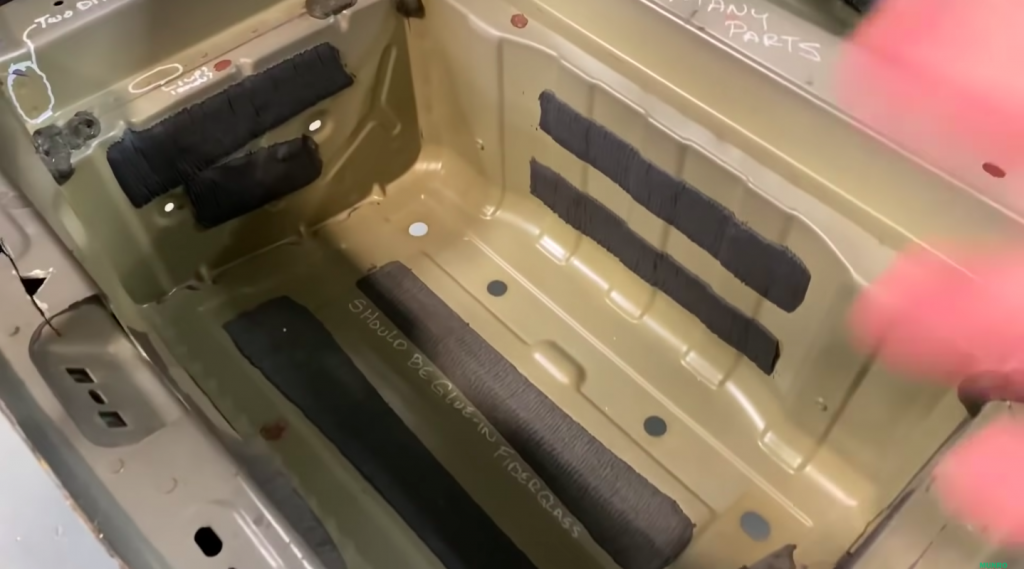
A lot of this could be attributed to Elon Musk himself. Munro has noted in the past that he and the Tesla CEO had talked over the phone during his Model 3 teardown, where Musk explained the reasons behind some of the findings about the all-electric sedan. Munro’s firm later sent Tesla a pro bono list of over 200 suggestions that can improve the Model 3’s body.
These suggestions seem to have come to life in the Model Y. Granted, the teardown process for the all-electric crossover has only just begun. Still, several aspects of the vehicle, most notably its rear casting, shows that Tesla did learn from the Model 3, and it has become a much more mature automaker today. Other suggestions from the teardown expert were also applied to the Model Y’s other components, such as its wiring.
It should be noted that Tesla’s fast evolution is partly due to the company’s Silicon Valley startup roots. Startups are notorious for quick, drastic changes in direction, and workers at these companies are required to be tough and flexible. Tesla embodies this, making the company notoriously challenging to work for compared to conventional car companies like GM or Ford.
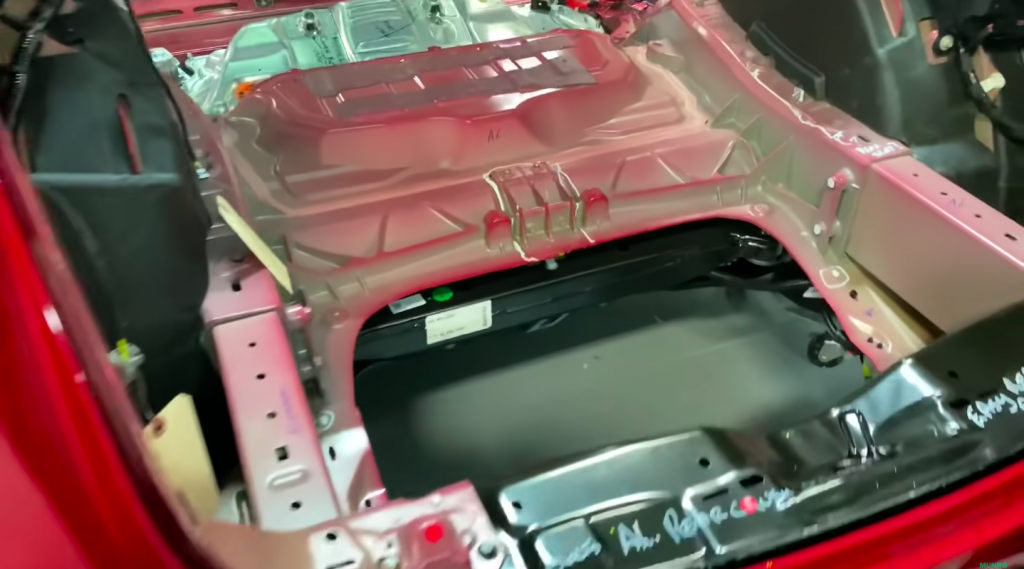
Yet despite this, Tesla has ranked consistently among the most attractive firms for engineering students. This is because in Tesla, conventional corporate bureaucracy is replaced with an open communication system that allows even interns to share their ideas with company executives. Some of the issues in the Model 3’s early production lines, for example, were addressed by interns, who were later hired full-time by Tesla.
The Model Y is a crossover, which means that it is competing in one of the fastest-growing segments in the auto industry today. With the Model Y, Tesla has the chance to make its biggest mark in the market yet. Fortunately, the electric car maker appears to have done its homework before it released its newest vehicle. One could even argue that Tesla released the Model Y at the perfect time. A mass-market all-electric vehicle that can disrupt the market of crossover SUVs requires a mature company, after all, and Tesla has only started to fit this bill recently.
Just two years ago, Munro mentioned that if the Model 3 had a properly-built body, veteran automakers like Toyota would be “crapping their pants” because of how outclassed they would be. With how the Model Y is turning out, it appears that legacy auto would be wise to keep some extra pairs of pants for the coming years, just in case.
Watch a deep dive into the Tesla Model 3 and Model Y’s rear casts in the video below.

News
Tesla (TSLA) receives “Buy” rating and $551 PT from Canaccord Genuity
He also maintained a “Buy” rating for TSLA stock over the company’s improving long-term outlook, which is driven by autonomy and robotics.
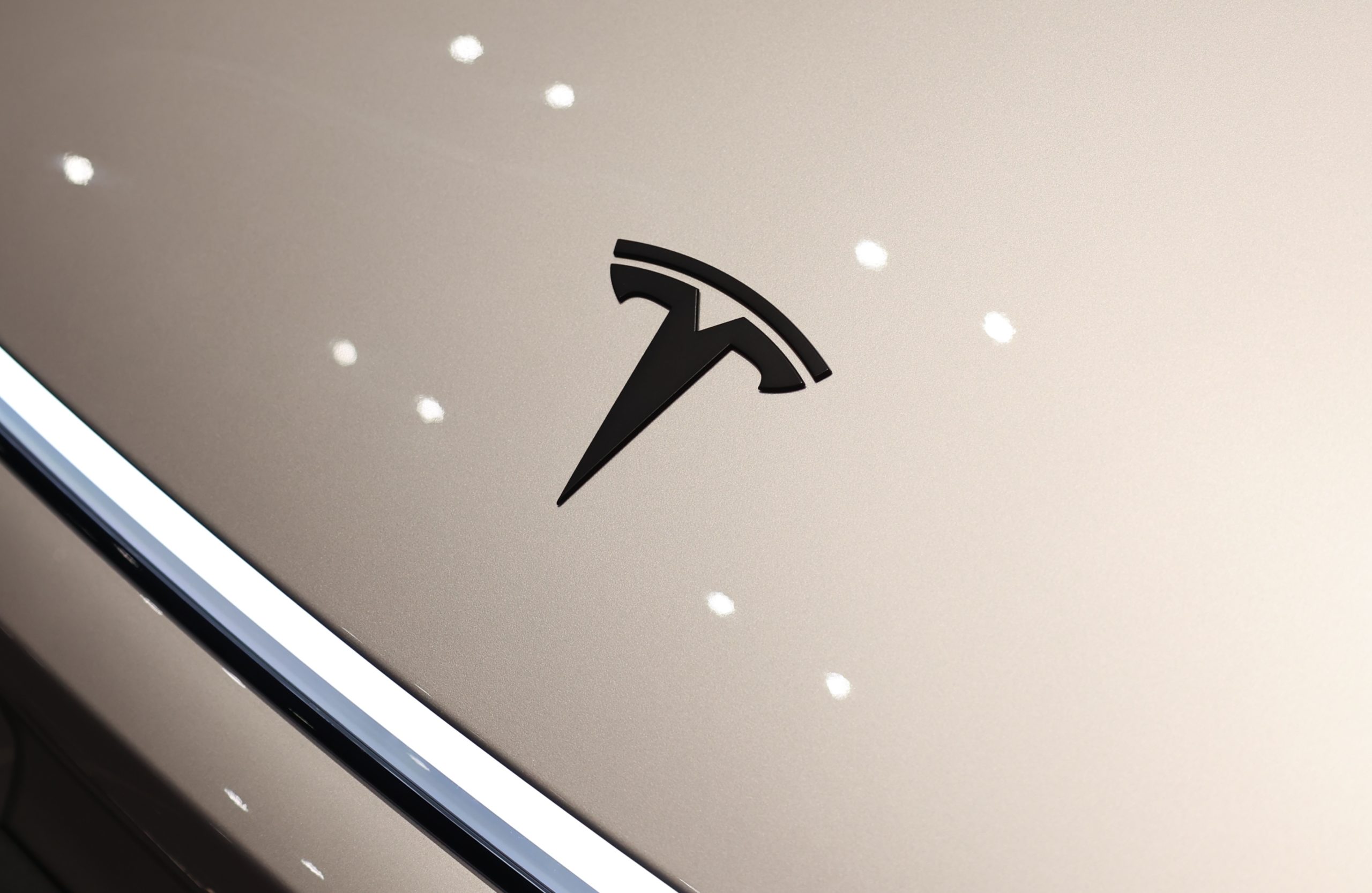
Canaccord Genuity analyst George Gianarikas raised his Tesla (NASDAQ:TSLA) price target from $482 to $551. He also maintained a “Buy” rating for TSLA stock over the company’s improving long-term outlook, which is driven by autonomy and robotics.
The analyst’s updated note
Gianarikas lowered his 4Q25 delivery estimates but pointed to several positive factors in the Tesla story. He noted that EV adoption in emerging markets is gaining pace, and progress in FSD and the Robotaxi rollout in 2026 represent major upside drivers. Further progress in the Optimus program next year could also add more momentum for the electric vehicle maker.
“Overall, yes, 4Q25 delivery expectations are being revised lower. However, the reset in the US EV market is laying the groundwork for a more durable and attractive long-term demand environment.
“At the same time, EV penetration in emerging markets is accelerating, reinforcing Tesla’s potential multi‑year growth runway beyond the US. Global progress in FSD and the anticipated rollout of a larger robotaxi fleet in 2026 are increasingly important components of the Tesla equity story and could provide sentiment tailwinds,” the analyst wrote.
Tesla’s busy 2026
The upcoming year would be a busy one for Tesla, considering the company’s plans and targets. The autonomous two-seat Cybercab has been confirmed to start production sometime in Q2 2026, as per Elon Musk during the 2025 Annual Shareholder Meeting.
Apart from this, Tesla is also expected to unveil the next-generation Roadster on April 1, 2026. Tesla is also expected to start high-volume production of the Tesla Semi in Nevada next year.
Apart from vehicle launches, Tesla has expressed its intentions to significantly ramp the rollout of FSD to several regions worldwide, such as Europe. Plans are also underway to launch more Robotaxi networks in several more key areas across the United States.
News
Waymo sues Santa Monica over order to halt overnight charging sessions
In its complaint, Waymo argued that its self-driving cars’ operations do not constitute a public nuisance, and compliance with the city’s order would cause the company irreparable harm.
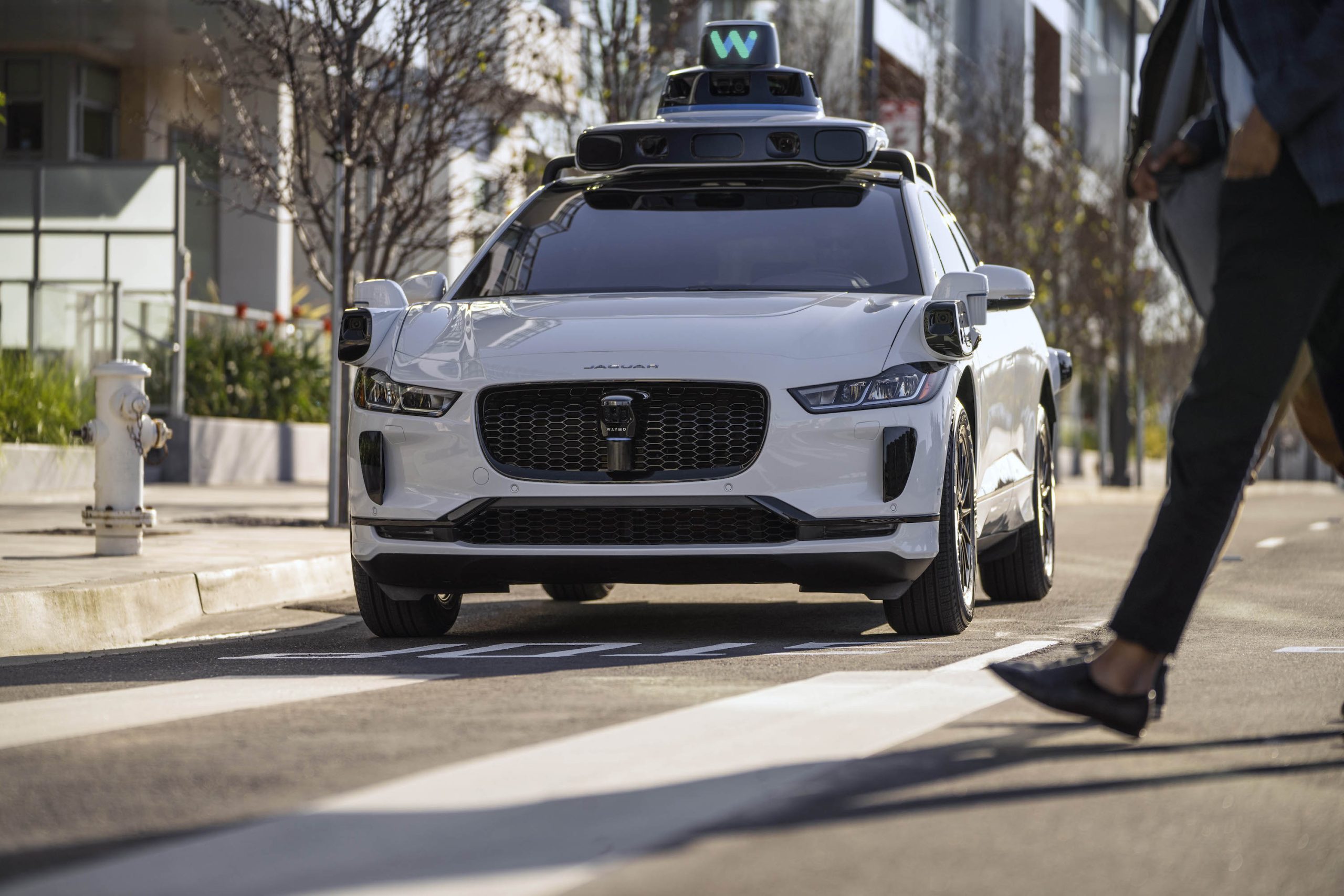
Waymo has filed a lawsuit against the City of Santa Monica in Los Angeles County Superior Court, seeking to block an order that requires the company to cease overnight charging at two facilities.
In its complaint, Waymo argued that its self-driving cars’ operations do not constitute a public nuisance, and compliance with the city’s order would cause the company irreparable harm.
Nuisance claims
As noted in a report from the Los Angeles Times, Waymo’s two charging sites at Euclid Street and Broadway have operated for about a year, supporting the company’s growing fleet with round-the-clock activity. Unfortunately, this has also resulted in residents in the area reportedly being unable to sleep due to incessant beeping from self-driving taxis that are moving in and out of the charging stations around the clock.
Frustrated residents have protested against the Waymos by blocking the vehicles’ paths, placing cones, and “stacking” cars to create backups. This has also resulted in multiple calls to the police.
Last month, the city issued an order to Waymo and its charging partner, Voltera, to cease overnight operations at the charging locations, stating that the self-driving vehicles’ activities at night were a public nuisance. A December 15 meeting yielded no agreement on mitigations like software rerouting. Waymo proposed changes, but the city reportedly insisted that nothing would satisfy the irate residents.
“We are disappointed that the City has chosen an adversarial path over a collaborative one. The City’s position has been to insist that no actions taken or proposed by Waymo would satisfy the complaining neighbors and therefore must be deemed insufficient,” a Waymo spokesperson stated.
Waymo pushes back
In its legal complaint, Waymo stated that its “activities at the Broadway Facilities do not constitute a public nuisance.” The company also noted that it “faces imminent and irreparable harm to its operations, employees, and customers” from the city’s order. The suit also stated that the city was fully aware that the Voltera charging sites would be operating around the clock to support Waymo’s self-driving taxis.
The company highlighted over one million trips in Santa Monica since launch, with more than 50,000 rides starting or ending there in November alone. Waymo also criticized the city for adopting a contentious strategy against businesses.
“The City of Santa Monica’s recent actions are inconsistent with its stated goal of attracting investment. At a time when the City faces a serious fiscal crisis, officials are choosing to obstruct properly permitted investment rather than fostering a ‘ready for business’ environment,” Waymo stated.
News
Tesla FSD v14.2.2 is getting rave reviews from drivers
So far, early testers have reported buttery-smooth drives with confident performance, even at night or on twisty roads.

Tesla Full Self-Driving (Supervised) v14.2.2 is receiving positive reviews from owners, with several drivers praising the build’s lack of hesitation during lane changes and its smoother decision-making, among others.
The update, which started rolling out on Monday, also adds features like dynamic arrival pin adjustment. So far, early testers have reported buttery-smooth drives with confident performance, even at night or on twisty roads.
Owners highlight major improvements
Longtime Tesla owner and FSD user @BLKMDL3 shared a detailed 10-hour impression of FSD v14.2.2, noting that the system exhibited “zero lane change hesitation” and “extremely refined” lane choices. He praised Mad Max mode’s performance, stellar parking in locations including ticket dispensers, and impressive canyon runs even in dark conditions.
Fellow FSD user Dan Burkland reported an hour of FSD v14.2.2’s nighttime driving with “zero hesitations” and “buttery smooth” confidence reminiscent of Robotaxi rides in areas such as Austin, Texas. Veteran FSD user Whole Mars Catalog also demonstrated voice navigation via Grok, while Tesla owner Devin Olsen completed a nearly two-hour drive with FSD v14.2.2 in heavy traffic and rain with strong performance.
Closer to unsupervised
FSD has been receiving rave reviews, even from Tesla’s competitors. Xpeng CEO He Xiaopeng, for one, offered fresh praise for FSD v14.2 after visiting Silicon Valley. Following extended test drives of Tesla vehicles running the latest FSD software, He stated that the system has made major strides, reinforcing his view that Tesla’s approach to autonomy is indeed the proper path towards autonomy.
According to He, Tesla’s FSD has evolved from a smooth Level 2 advanced driver assistance system into what he described as a “near-Level 4” experience in terms of capabilities. While acknowledging that areas of improvement are still present, the Xpeng CEO stated that FSD’s current iteration significantly surpasses last year’s capabilities. He also reiterated his belief that Tesla’s strategy of using the same autonomous software and hardware architecture across private vehicles and robotaxis is the right long-term approach, as it would allow users to bypass intermediate autonomy stages and move closer to Level 4 functionality.








